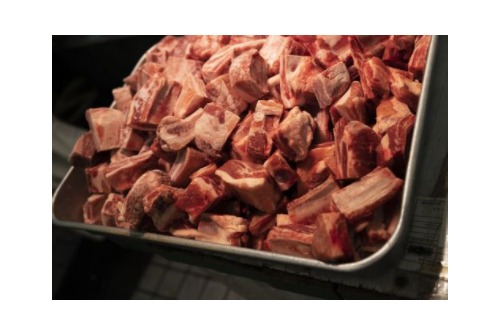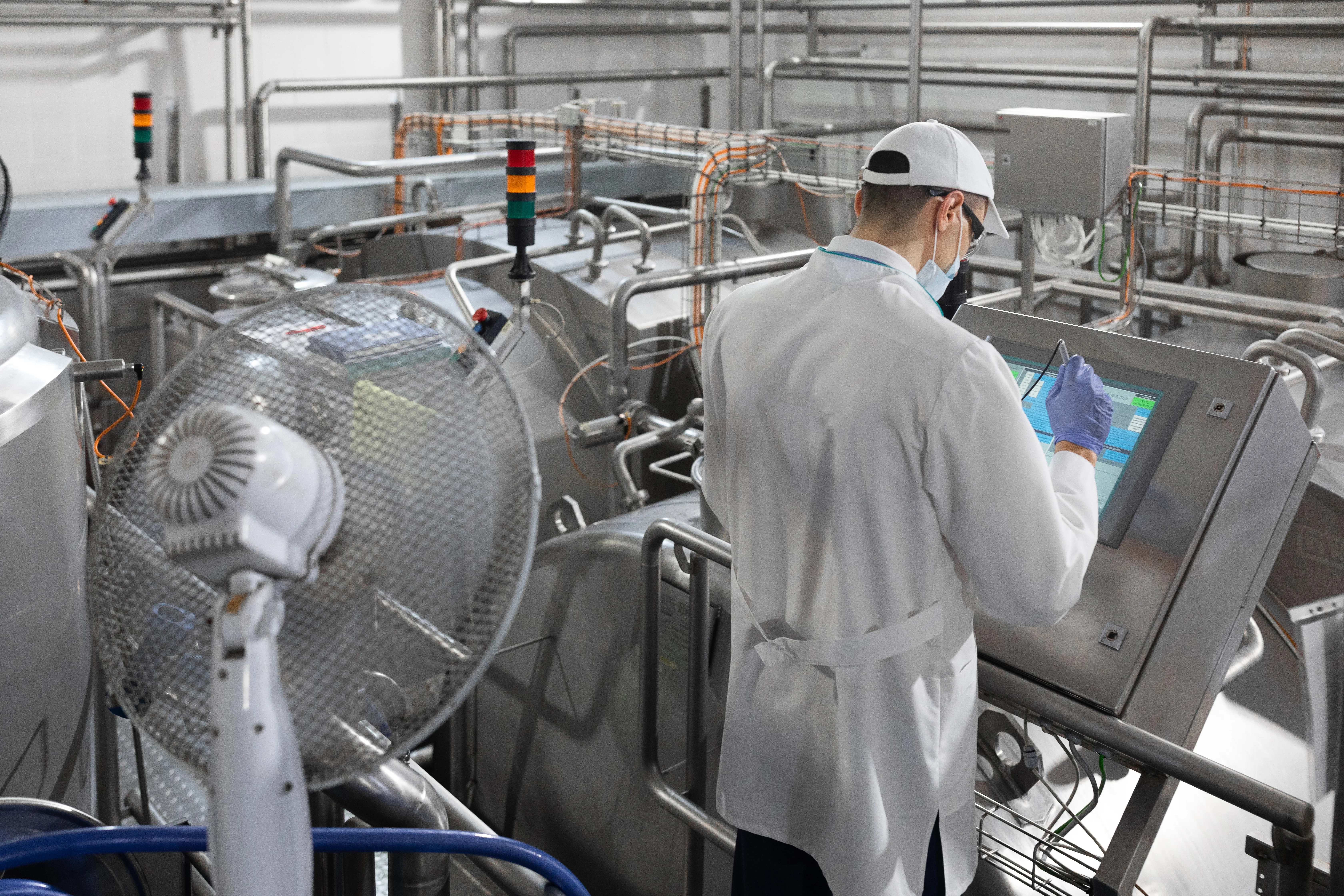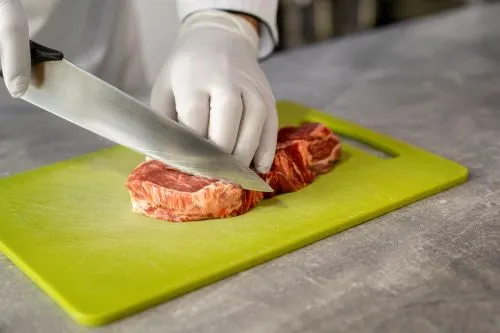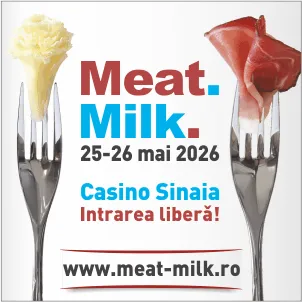414

Romania at a Turning Point for Regaining Its Competitiveness in the European Meat Market
Romania finds itself at a decisive moment in its effort to regain competitiveness on the European meat market. After a decade marked by veterinary restrictions and the loss of several export markets, 2025 signals a gradual recovery of exports, but within a global context that is far more demanding in terms of quality, traceability, and sustainability standards.
According to Eurostat (2024), Romanian exports of meat and meat products exceeded €400 million, an increase of 11% compared to 2023, yet still well below the European average relative to domestic production capacity. The most dynamic segment remains poultry meat (60% of total exports), followed by pork (25%) and beef (15%).
Data from the FAO indicate that global demand for animal protein will rise by 15% by 2030, and Eastern Europe is regarded as a key region for expanding processing capacities. However, for Romania to capitalize on this potential, it must adapt to the new requirements set by the European Commission, particularly those concerning carbon footprint reduction and digital traceability of food supply chains.
At present, only 35% of Romanian slaughterhouses hold internationally recognized certifications (ISO 22000, IFS, BRC), according to ANSVSA and the Ministry of Agriculture and Rural Development (MADR). This gap restricts access to high-standard markets such as Germany, France, the Netherlands, and the Middle East. Moreover, logistical costs and the lack of efficient cold chain infrastructure continue to undermine export competitiveness.
The European Commission, through the Food Resilience Pact 2030, has introduced dedicated funds for the modernization of slaughterhouses and the digitalization of exports. Romania can access over €120 million in investments for infrastructure and traceability systems, provided that the National Strategic Plan (PNS 2023–2027) is implemented swiftly.
An OECD report (2024) warns that, in the absence of a strong national brand, Romanian exports risk remaining price-driven rather than quality-driven. By contrast, countries that have developed clear origin identities — such as “Polish Poultry” or “Danish Pork” — have gained both market share and international visibility.
Romania has the potential, resources, and expertise — but time is not on its side. Without standardization, traceability, and integrated marketing, exports will remain a sum of isolated initiatives. With a joint strategy between MADR, processors, and professional associations, Romanian meat could once again become a regional benchmark — not merely a competitive commodity, but a recognized product of origin and quality.
(Photo: Freepik)





